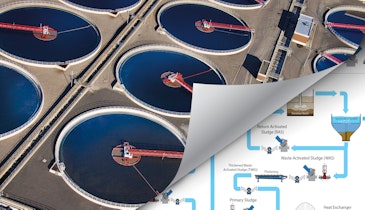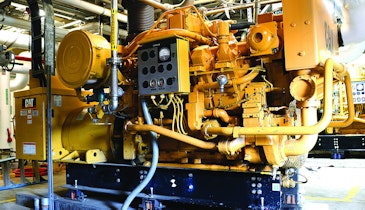Interested in Disinfection?
Get Disinfection articles, news and videos right in your inbox! Sign up now.
Disinfection + Get AlertsUltraviolet disinfection is ideal for combined sewer overflow (CSO) disinfection. More than 700 communities around the United States have a combined sewer system, making them susceptible to overflow during heavy wet-weather events.
Patrick Bollman, P.E., a UV product specialist with Evoqua Water Technologies, discusses how ultraviolet disinfection is a viable option for treating CSO wastewater.
Q: Can you provide some background information on how prevalent combined sewer overflows are and what the current state of concern is?
A: Combined sewer overflows occur when a city’s wastewater and stormwater drain into the same treatment system. When this is the case, during heavy wet-weather events, the flow exceeds the hydraulic capacity of the wastewater treatment plant or a collections system that transports flow to the plant. The overflow is often discharged to a receiving body of water. This overflow often combines a variable mixture of untreated human and industrial waste, polluted runoff, debris and scoured materials that build up in the collections system during dry weather periods. Discharge contains a variety of contaminants such as chemicals, pathogenic microorganisms, viruses and cysts that impair water quality and impact human health and wildlife.
Q: How does UV disinfection solve the concerns of CSOs?
A: UV disinfection applies only light to water to provide germicidal effects. UV disinfection works by altering the DNA of pathogenic organisms preventing replication. UV is a chemical-free solution. No metering pumps or chemical storage is required and no dangerous byproducts are formed through chemical addition. Utilization of medium pressure lamps in closed vessel reactors reduces the footprint and startup time required for proper treatment and disinfection.






